Maharashtra Switch to Hindi
Maharashtra Pollution Control Board (MPCB)
Why in News?
While the fishing community continues to voice concerns about the contamination of water bodies caused by heavy industrial pollution, the Maharashtra Pollution Control Board maintains in its report that pollution levels remain within the prescribed limits.
Key Points
- Expert Opinion:
- The Water Pollution Expert noted drastic differences between MPCB and independent lab results.
- It was pointed out that even 236 mg/l Chemical Oxygen Demand (COD) (in MPCB report) is too high for a natural water body, indicating severe pollution.
- The independent Lab findings also show extremely high COD, hinting at direct effluent discharge from industries.
- The Water Pollution Expert noted drastic differences between MPCB and independent lab results.
- Impact on Local Fishing Community:
- Environmental degradation:
- The water turned black and lifeless, as it suggests a high concentration of organic matter requiring significant oxygen for decomposition, potentially leading to oxygen depletion and harm to aquatic life.
- Community response:
- The Fish Workers Union raised multiple complaints to various government departments (fisheries, environment, Konkan & Raigad administration) without resolution.
- Diwale village once had more than 10,000 fishermen, now many have shifted to non-fishing jobs (security guards, domestic help) or sell purchased fish.
- Fishing zones like Kharghar, Mansarowar, Diwale creek, historically rich, are now degraded.
- Observes untreated effluents discharged directly into Diwale creek, with pipeline proposed to extend to Belapur.
- This could destroy Thane and Nhava Sheva creeks, affecting the Arabian Sea.
- Environmental degradation:
- Industrial Activity in the Region:
- Approximately 3,254 industrial units operate in the region which include chemicals, dyes, pharmaceuticals, pesticides, petrochemicals, textile processing, engineering units, etc.
The Maharashtra Pollution Control Board (MPCB)
- It is a state-level body responsible for implementing environmental legislation in Maharashtra, focusing on preventing and controlling pollution, particularly under the Water (Prevention and Control of Pollution) Act, 1974, and the Air (Prevention and Control of Pollution) Act, 1981.


Maharashtra Switch to Hindi
Chhatrapati Shivaji Maharaj Death Anniversary 2025
Why in News?
On 3rd April 2025, Chhatrapati Shivaji Maharaj’s death anniversary is observed, to honour the legacy of the iconic 17th-century Maratha warrior king and founder of the Maratha Empire.
Key Points
- Observance of His Death Anniversary:
- Maharashtra and other regions honour his legacy through cultural events, processions, and tributes.
- The day is marked by processions, speeches, and public gatherings to pay homage.
- Significance of the Day:
- Serves as a reminder of Shivaji Maharaj’s enduring influence on Indian culture and governance.
- Encourages reflection on his vision for self-rule and good governance.
- Birth:
- He was born on 19th February, 1630 at Shivneri Fort in District Pune in the present-day state of Maharashtra.
- He was born to Shahaji Bhonsle, a Maratha general who held the jagirs of Pune and Supe under the Bijapur Sultanate and Jijabai, a pious woman whose religious qualities had a profound influence on him.
- Early Life:
- He displayed his military zeal for the first time in 1645 when as a teenager, he successfully got control of the Torna Fort which was under Bijapur.
- He also acquired the Kondana Fort. Both these forts were under Adil Shah of Bijapur.
- Major Battles: Battle of Pratapgad, Battle of Pavan Khind, Sacking of Surat, Battle of Purandar, Battle of Sinhagad, and Battle of Sangamner.
- The Wagh nakh, was used by Shivaji to kill Afzal Khan in the 1659 Battle of Pratapgad.
- Titles: Chhatrapati, Shakakarta, Kshatriya Kulavantas, and Haindava Dharmodhhaarak.
- Administration: Centralized administration with the Ashtapradhan (Council of Eight Ministers), abolished the Jagirdari System, implemented the Ryotwari System, and built a strong naval force for coastal defense.
- Shivaji is renowned for his innovative guerrilla warfare tactics, which influenced subsequent rulers and shaped the Maratha Military Landscapes.
- Death:
- He died on 3rd April 1680.


Jammu & Kashmir Switch to Hindi
India’s Tulip Revolution
Why in News?
Scientists in Kashmir have launched an ambitious project to indigenize tulip bulb production, aiming to make India self-reliant and compete with the Netherlands—a leading global exporter.
Key Points
- Economic and Agricultural Impact:
- India imports 20-25 lakh tulip bulbs and cut flowers annually, mainly from the Netherlands.
- Establishing sustainable tulip production will help meet domestic demand and create opportunities for international exports.
- Pulwama’s Bonera station, spread over 60 hectares at 5,400 feet, is emerging as a key hub for this initiative.
- Over one lakh tulips are in full bloom at the CSIR-Indian Institute of Integrative Medicine’s research centre in Pulwama’s Bonera area.
- Vision for Expansion:
- The Ministry plans to develop theme-based tulip gardens and production centers in regions with suitable agro-climatic conditions.
- J&K is expected to become a major hub for tulip bulb production, potentially rivaling the Netherlands in research and development.
- Indira Gandhi Memorial Tulip Garden:
- Srinagar’s Indira Gandhi Memorial Tulip Garden, Asia’s largest, attracts thousands of tourists every spring.
- The region imports 15 lakh bulbs annually from the Netherlands to maintain its floral display.
- Over five lakh tulip bulbs have also been planted in other parts of India, mainly in New Delhi.
- Need for Indigenous Production:
- India’s floriculture sector faces economic and logistical challenges due to reliance on expensive imported tulip bulbs.
- Imported bulbs are vulnerable to global market fluctuations, trade restrictions, and supply chain disruptions.
- Scientific Trials and Adaptability:
- Since 2022, CSIR-IIIM has been conducting trials to optimize agro-technological protocols for large-scale cultivation.
- Researchers are evaluating resilience against pests, diseases, and climatic stresses to develop robust tulip varieties for Indian conditions.
Agriculture 4.0
- Agriculture 4.0, also known as smart farming or digital farming, represents the fourth major revolution in agricultural practices, leveraging cutting-edge technologies to optimize food production and resource management.
- This innovative approach integrates advanced digital technologies such as the Internet of Things (IoT), artificial intelligence (AI), machine learning, big data analytics, robotics, and precision farming techniques into traditional agricultural practices.

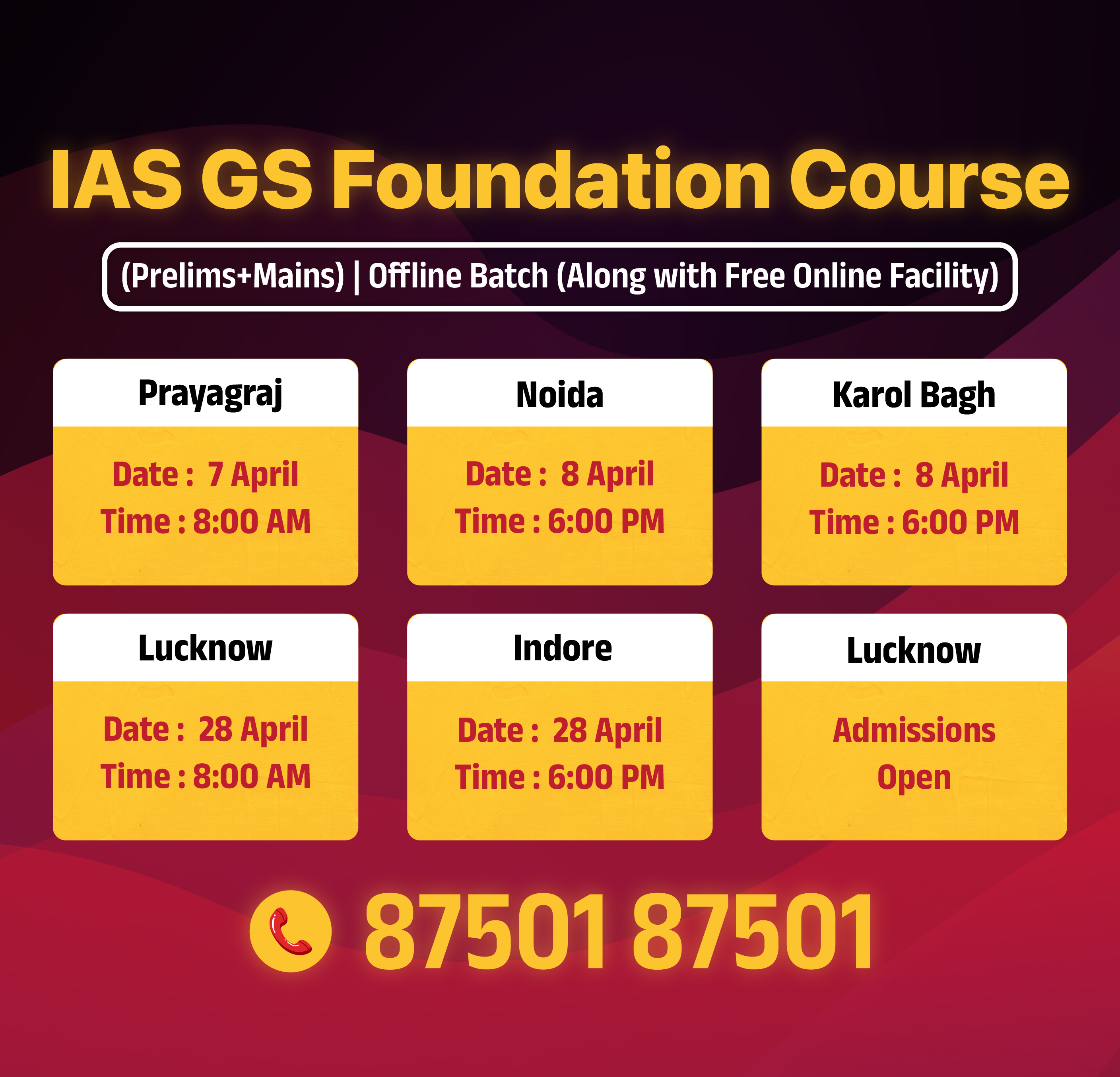
Uttarakhand Switch to Hindi
Reopening of Madrasa in Uttarakhand
Why in News?
On 3rd April 2025, the Uttarakhand High Court ordered the government to unseal a madrasa, which officials had sealed for allegedly operating “illegally,” provided the institution does not run any school in the building without State government recognition.
Key Points
- Government Action on Madrasas:
- The State government shut down over 136 madrasas for allegedly operating without affiliation and failing to meet madrasa board norms.
- The state Chief Minister also ordered an inquiry into the funding of these institutions.
- High Court's Interim Relief:
- The court granted interim relief to Madarsa Enamul Uloom in Dehradun, allowing its reopening.
- The madrasa owners challenged the sealing, arguing that they operated a religious school under a registered society and that the State had sealed the premises without legal authority.
- The High Court also asked the State government to clarify the legal provisions and procedures followed in sealing the madrasa’s property.
- Court’s Observations on Due Process:
- The High Court noted that the madrasa was sealed without a show-cause notice, and the petitioners were denied a hearing.
- The court ruled that the property should be unsealed until the next hearing, provided the petitioners submit an undertaking that they will not operate a madrasa or school without State government recognition.
Madrasas
- Madrasa is an Arabic word for an educational institution.
- Initially, mosques served as educational institutions in early Islam, but by the 10th century, madrasas evolved into distinct entities for both religious and secular learning in the Islamic world.
- The earliest madrasas were found in Khorasan and Transoxania (modern eastern and northern Iran, central Asia, and Afghanistan), with larger institutions providing housing for students, especially those from poor backgrounds.
- Recognized madrasas are under state boards; unrecognized ones follow curricula from major seminaries like Darul Uloom Nadwatul Ulama and Darul Uloom Deoband.


West Bengal Switch to Hindi
No Funds for West Bengal Under Samagra Shiksha
Why in News?
The Centre has not allocated any funds from its share under the Ministry of Education’s flagship Samagra Shiksha scheme (SSA) to Kerala, Tamil Nadu, and West Bengal.
Key Points
- About the Funds:
- Kerala, Tamil Nadu, and West Bengal were allocated Rs 328.90 crore, Rs 2,151.60 crore, and Rs 1,745.80 crore, under the SSA for the 2024-25 financial year.
- Although these states had received no funds from the Centre’s share.
- In contrast, Rs 27,833.50 crore out of the total Rs 45,830.21 crore central allocation had been disbursed to other states and Union Territories.
- Uttar Pradesh, which received the highest allocation of Rs 6,971.26 crore, had already received Rs 4,487.46 crore.
- Kerala, Tamil Nadu, and West Bengal were allocated Rs 328.90 crore, Rs 2,151.60 crore, and Rs 1,745.80 crore, under the SSA for the 2024-25 financial year.
- Criteria for Fund Release:
- The Centre disburses SSA funds based on multiple factors, including:
- States’ pace of expenditure.
- Receipt of the required state share.
- Submission of audited accounts and expenditure statement
- Clearance of outstanding advances.
- Up-to-date utilisation certificates from previous years.
- The Centre disburses SSA funds based on multiple factors, including:
- Dispute Between Tamil Nadu and Centre:
- Tamil Nadu has reportedly refused to implement the National Education Policy’s (NEP) three-language formula.
- The state has also not signed the Memorandum of Understanding (MoU) for establishing PM-SHRI schools, which may have contributed to the funding halt.
- Parliamentary Standing Committee Observations:
- The committee noted that withholding SSA funds was severely impacting:
- Teachers’ salaries.
- Right to Education (RTE) reimbursements.
- Student transportation in remote areas.
- It criticized the Centre for linking SSA fund disbursal to states participation in separate schemes like PM-SHRI.
- The committee recommended the immediate release of SSA funds to Kerala, Tamil Nadu, and West Bengal to ensure continuity in education programs.
- The committee noted that withholding SSA funds was severely impacting:
Samagra Shiksha
- Samagra Shiksha is an integrated scheme for school education extending from pre-school to class XII to ensure inclusive and equitable quality education at all levels of school education.
- It subsumes the three Schemes of Sarva Shiksha Abhiyan (SSA), Rashtriya Madhyamik Shiksha Abhiyan (RMSA) and Teacher Education (TE).
- The scheme treats school education holistically as a continuum from Pre-school to Class 12.
- The main emphasis of the Scheme is on improving the quality of school education by focussing on the two T’s – Teacher and Technology.
- It is being implemented as a centrally sponsored scheme. It involves a 60:40 split in funding between the Centre and most States. It was launched by the Ministry of Education in 2018.
PM-SHRI Scheme
- The PM SHRI Scheme is a centrally sponsored initiative, launched in 2022, by the Government of India aimed at establishing over 14,500 PM SHRI Schools by enhancing existing schools to showcase the implementation of the National Education Policy (NEP) 2020.
- The primary objective is to create an inclusive and nurturing environment that promotes the well-being and safety of every student, offering diverse learning experiences and access to quality infrastructure and resources.


Uttar Pradesh Switch to Hindi
Mathura Heritage Corridor Project
Why in News?
After Ayodhya and Kashi, the Uttar Pradesh government has now decided to build a heritage corridor in Mathura .
Key Points
- About the Corridor:
- Its main objective is to promote tourism and improve regional connectivity.
- A 6 km long mini link expressway will be built to connect Banke Bihari temple with Yamuna Expressway , which will make travelling in Mathura and its surrounding areas more convenient and accessible.
- Important constructions like convention centre, art institute, yoga and naturopathy centre , hospital, resort and electric bus depot will be there in the corridor.
- This will help in making Mathura not only a spiritual destination but also a major centre for cultural and health tourism.
Mathura
- Introduction:
- Mathura district, located in Agra division, is situated on the banks of river Yamuna.
- This district borders Aligarh in the north-east, Hathras in the south-east, Agra in the south, Rajasthan in the west and Haryana in the north-west.
- Mathura is a major Hindu pilgrimage site and is believed to be the birthplace and hometown of Lord Krishna.
- History :
- The oldest mention of Mathura is in the Indian epic Ramayana. In this, Mathura is called Madhupur or the city of Madhudanav and it is said to be the capital of Lavanasur.
- Mathura became the capital of the Surasena Empire in the 6th century BCE .
- Megasthenes mentioned Mathura by the name " Methora " in the 3rd century BCE .
- The Kushans made Mathura their capital. Art and culture flourished in Mathura under the Kushan Empire .
- Mathura Refinery:
- It is the sixth refinery of IndianOil, commissioned in 1982 with a capacity of 6.0 MMTPA to meet the growing demand for petroleum products in the north-western region of the country.
- National Research Institute on Goat: Located at Makhdoom, Mathura.
- One District One Product: Sanitary Fittings
- Scenic Spots
- Mathura Museum
- Krishna's birthplace
- Dwarkadhish Temple
- Bankebihari Temple
- Govardhan


Bihar Switch to Hindi
Inauguration of Various Schemes in Bihar
Why in News?
The Union Home Minister and Minister of Cooperation inaugurated and launched various Central and State Government schemes worth over Rs 800 crore in Patna, Bihar, on International Cooperative Day, March 30, 2025.
Key Points
- About the Schemes:
- Grain Storage Scheme :
- Under the world's largest foodgrain storage scheme, the foundation stone was laid for the project to develop a storage capacity of 62,500 metric tonnes in twenty-five PACS (Primary Agricultural Credit Societies). The cost of which will be Rs 83.16 crore.
- Police Building :
- The foundation stone was laid for the construction of a total of 133 police buildings under the Home Department. The cost of which has been fixed at Rs 181.14 crore.
- Road Transport and Highways Projects :
- The foundation stone was laid for three projects under the Ministry of Road Transport and Highways, with a total cost of Rs 109.16 crore.
- Hostel in Deep Narayan Singh Cooperative Institute :
- A hostel built in Patna at a cost of Rs 27.29 crore was inaugurated.
- Makhana Processing and Marketing Center:
- Darbhanga district Makhana processing and marketing center was inaugurated at a cost of Rs 46 lakh under the Integrated Cooperative Development Project .
- Drinking Water Supply Schemes :
- Five drinking water supply schemes were inaugurated at a total cost of Rs 421.41 crore under the Amrit-1 project of the Urban Housing and Development Department .
- Grain Storage Scheme :
Amrit Yojana
- Introduction:
- Atal Mission for Rejuvenation and Urban Transformation (AMRUT) was launched on June 25, 2015 in 500 selected cities across the country, covering about 60% of the urban population .
- The mission aims to enhance infrastructure and implement improvements in selected urban areas, including water supply, sewerage, drainage, green spaces, non-motorised transport and capacity building.
- Amrit 2.0 Scheme :
- The scheme was launched on October 1, 2021, covering AMRUT 1.0 for a period of 5 years i.e. from financial year 2021-22 to 2025-26.
- This includes universal coverage of water supply from 500 cities to about 4,900 statutory towns in the country and coverage of sewerage/septage management in 500 cities covered in the first phase of the AMRUT scheme.
- AMRUT 2.0 aims to promote the circular economy of water through development of the City Water Balance Plan (CWBP) by recycling/reuse of treated sewage, revival of water bodies and water conservation.
- The mission also includes a reform agenda to improve the ease of living of citizens through urban planning, strengthening urban finance etc.


Rajasthan Switch to Hindi
Chief Minister's Free Electricity Scheme
Why in News?
Recently, the Rajasthan government has announced that people will get free electricity up to 150 units. For this, changes have been made in the rules for installing solar plants under the PM-Surya Ghar Free Electricity Scheme.
Key Points
- About the Scheme:
- Under the Chief Minister Free Electricity Scheme in Rajasthan, up to 100 units of free electricity is being provided so far, benefiting 1.04 crore beneficiaries of the state.
- Under the PM Surya Ghar Yojana, consumers will be able to consume 150 units of free electricity by installing solar plants on the roof of their houses.
- Consumers using up to 150 units of electricity under the scheme can get free solar plant installations at their homes.
- Objective:
- The aim is to provide additional benefits to beneficiary families by connecting them to affordable and accessible solar energy.
- Provision
- Consumers using less than 150 units per month will receive free electricity up to 150 units in a phased manner through community solar plants installed at nearby substations or suitable locations.
- Households consuming more than 150 units will get free electricity up to 150 units through a 1.1 kW rooftop solar plant installation.
- Each rooftop solar plant costs Rs 50,000 (excluding metering), with Rs 33,000 covered by central financial assistance and up to Rs 17,000 provided by the state
PM-Surya Ghar Free Electricity Scheme
- PM Surya Ghar Free Bijli Yojana, launched in February 2024 by the Ministry of New and Renewable Energy (MNRE), aims to provide free electricity to one crore households by installing solar panels on rooftops .
- The outlay of this scheme is Rs 75,021 crore and it is to be implemented by the financial year 2026-27.
- Under this, up to 300 units of free electricity per month is provided and up to 40% subsidy is provided on installation cost, thereby promoting widespread adoption of solar energy across the country.
- Eligibility: Indian citizen, house owner, valid electricity connection, family should not have availed any other subsidy related to solar panel.
- Implementation: The implementation of PM Surya Ghar Free Electricity Scheme is done by National Programme Implementation Agency (NPIA) at the national level and State Implementation Agencies (SIA) at the state level.


Madhya Pradesh Switch to Hindi
Aakanshi Yuva
Why in News?
The Madhya Pradesh government has decided to give the status of 'Aakanshi Yuva' to the unemployed youth of the state. to motivate them towards self-employment and entrepreneurship.
Key Points
- About the Move:
- According to the Minister of State, the aim of the Government is that the unemployed youth of the State should raise their aspirations for Government and non-Government jobs and they should actively participate in the job search by getting registered in the Employment Exchange.
- This step is to inspire those youth who can move towards self-employment based on their capabilities.
- The number of unemployed youth in Madhya Pradesh is shown to be more than 29.37 lakh on the state's employment portal.
- The state government is trying to provide employment to aspiring youth through self-reliance and entrepreneurship.
- He also informed that through the Global Investors Summit, Madhya Pradesh has received investment proposals worth more than Rs 30 lakh crore, which is expected to generate employment for 21 lakh youth.
Unemployment
- Introduction:
- Unemployment refers to a situation where people who are able to work are actively looking for employment but are unable to find suitable jobs .
- An unemployed person is one who is part of the labour force and has the required skills but currently lacks gainful employment .
- Basically an unemployed person is one who is able to work as well as willing to work and is actively looking for employment .
- Types of unemployment:
- Structural unemployment: This form of unemployment, rooted in the gap between the skills possessed by the workforce and the requirements for available positions , highlights systemic issues in the labour market.
- Cyclical unemployment: This is a result of the business cycle, where unemployment rises during recessions and falls with economic growth, reflecting the sensitivity of job availability to macroeconomic conditions.
- Frictional Unemployment/Transitional Unemployment: Also called transitional unemployment, which arises from the natural transition between jobs, this type refers to the temporary period that individuals spend searching for new employment opportunities.
- Underemployment: Underemployment, though not total unemployment, is a concept that refers to individuals working in positions that underutilize their skills or provide insufficient working hours, leading to a feeling of economic inefficiency.
- Hidden unemployment: Refers to individuals who are not actively looking for employment due to desperation or other factors, but may potentially enter the job market if conditions improve.
- Disguised unemployment: It arises because there are more workers working in a factory or on land than required. Hence productivity per unit of labour will be low.



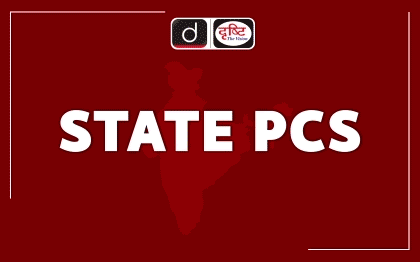
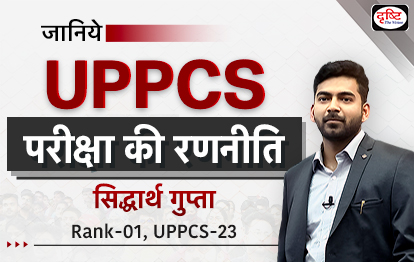





%20MPPCS%202025%20Desktop%20E.jpg)
%20MPPCS%202025%20Mobile%20E%20(1).jpg)

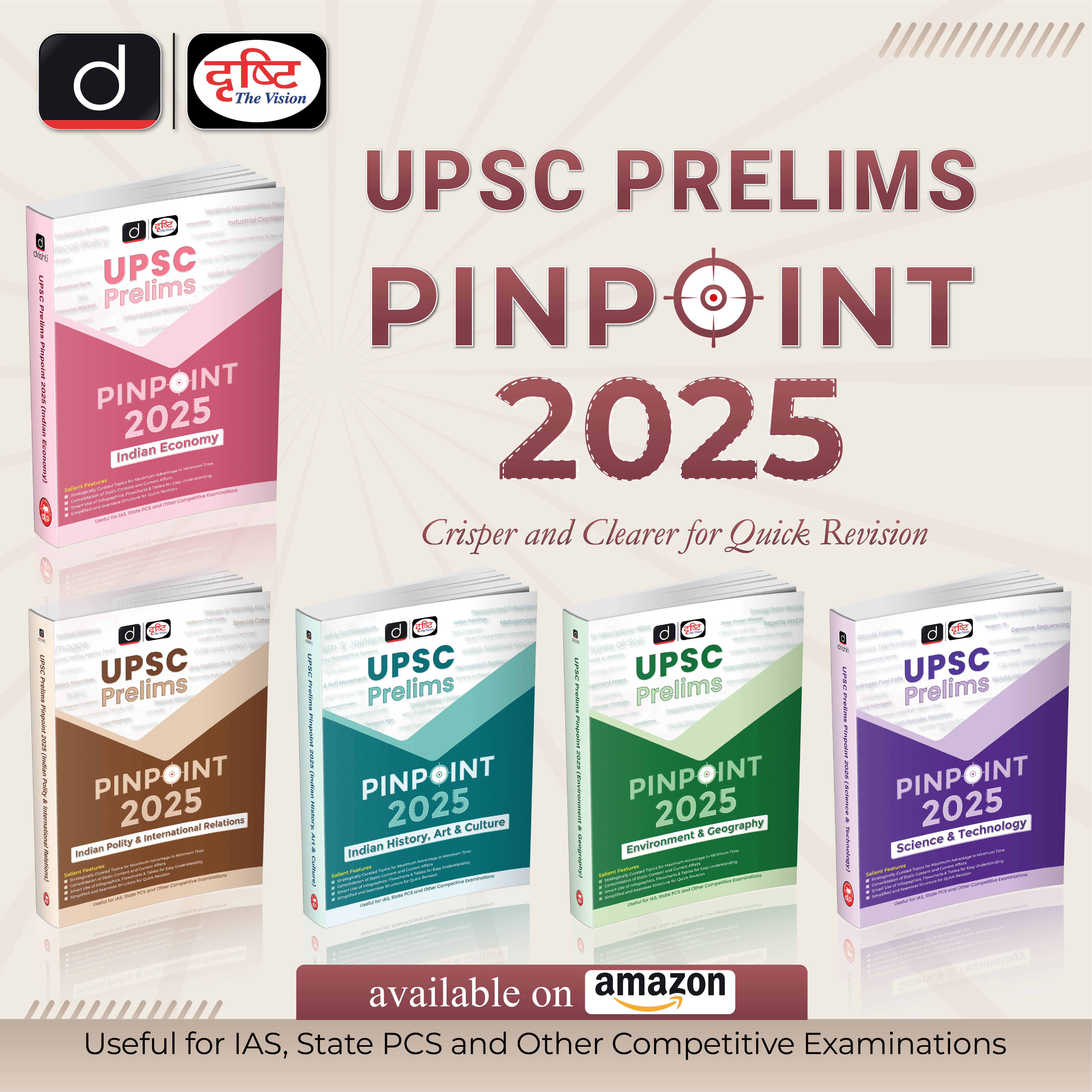







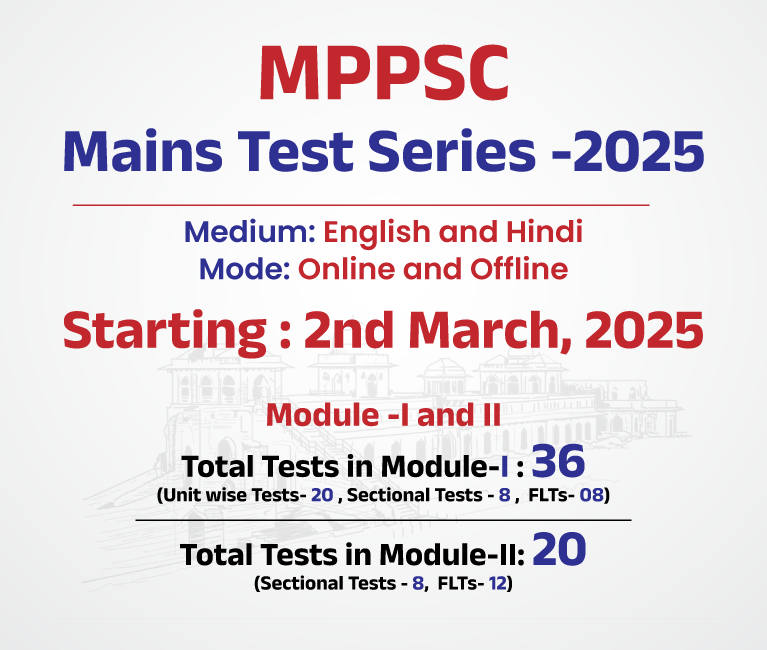
.png)
.png)





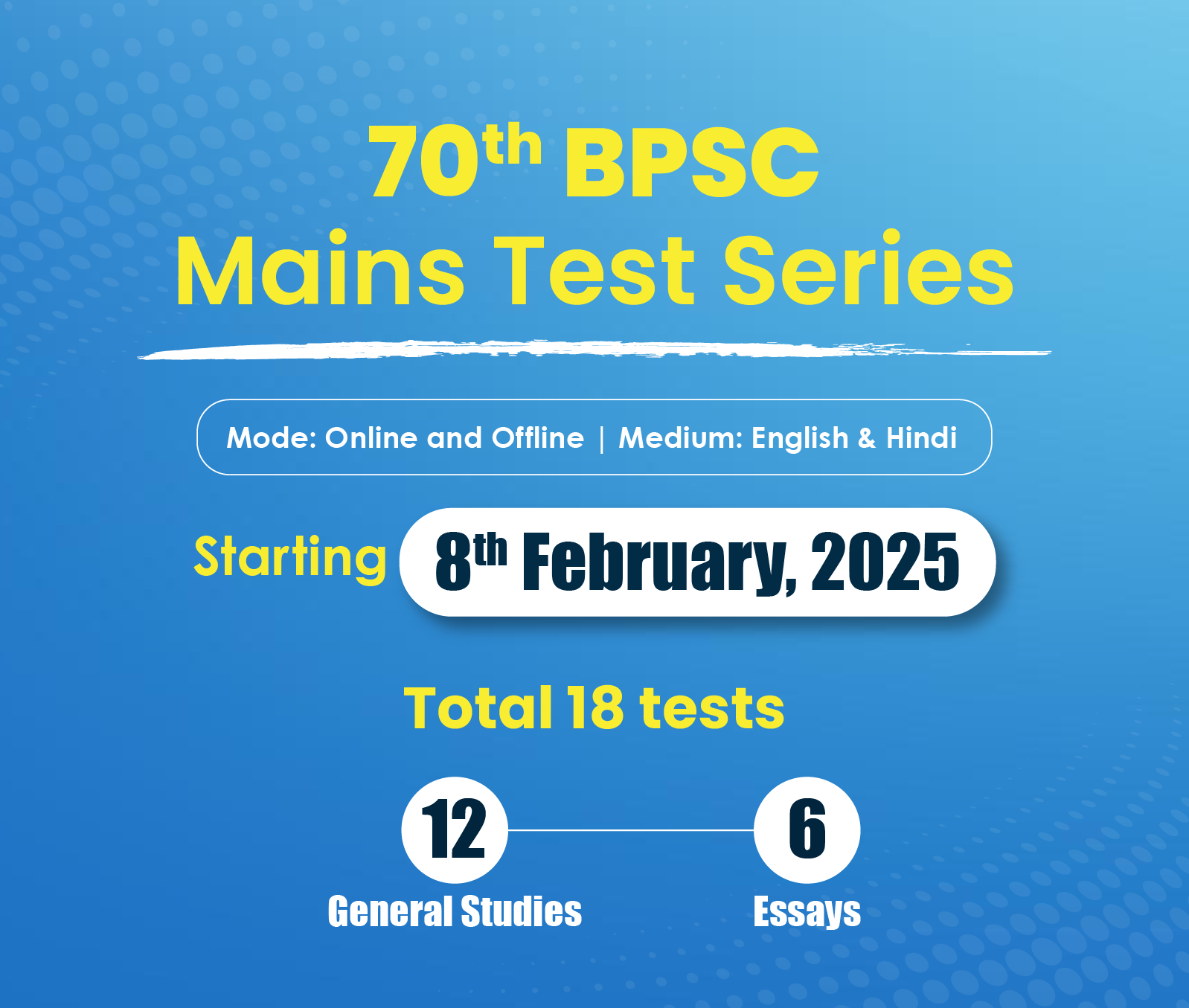



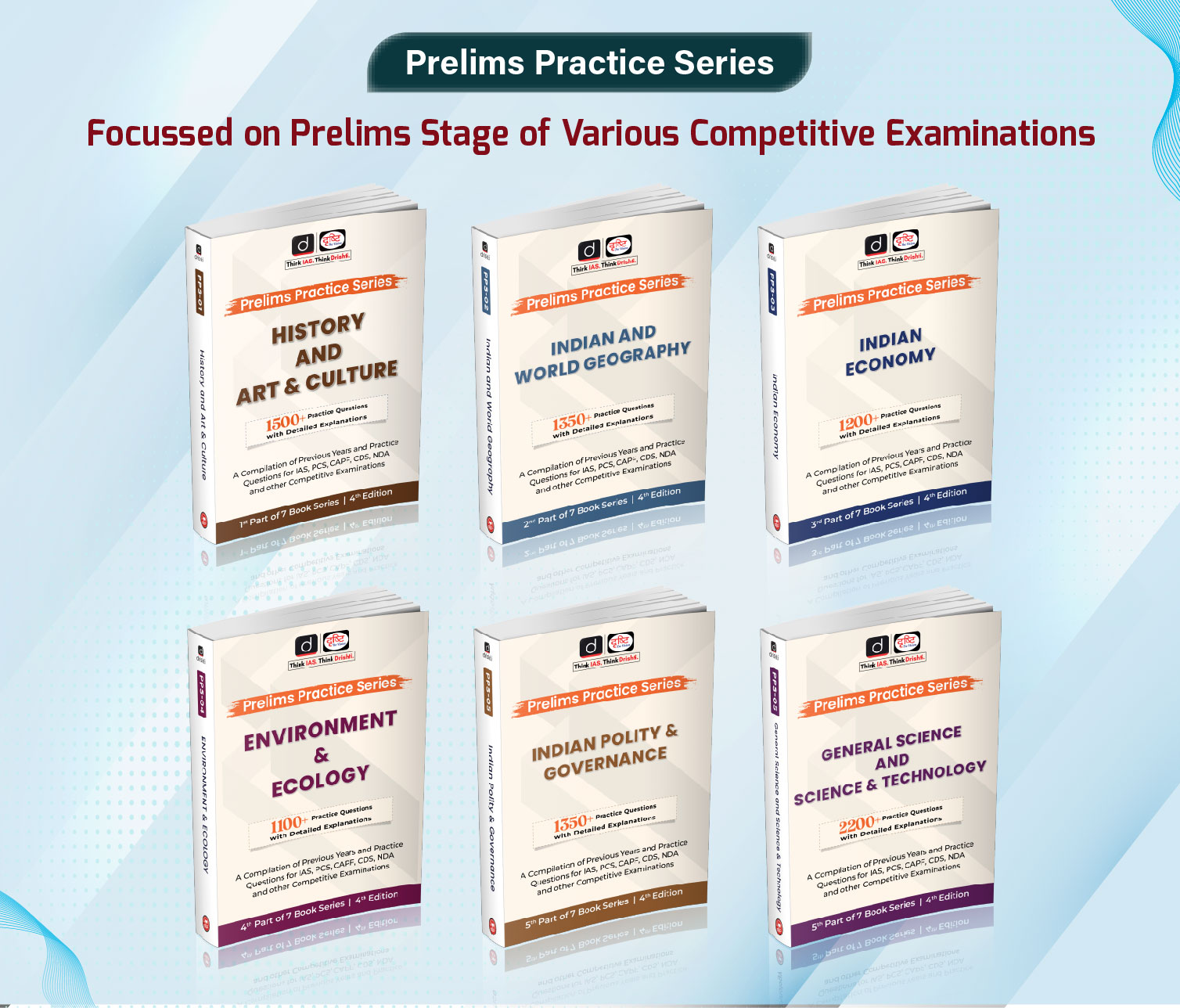

 PCS Parikshan
PCS Parikshan


